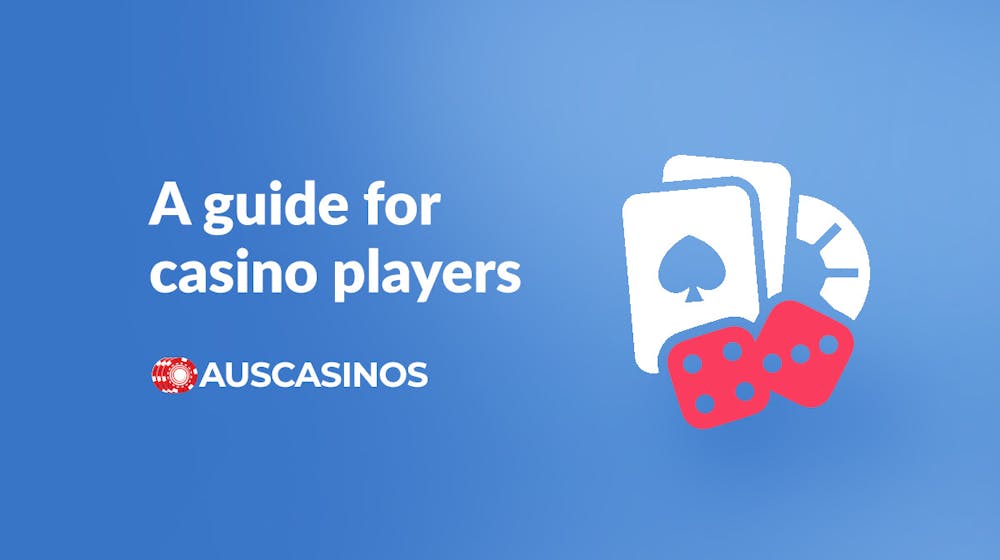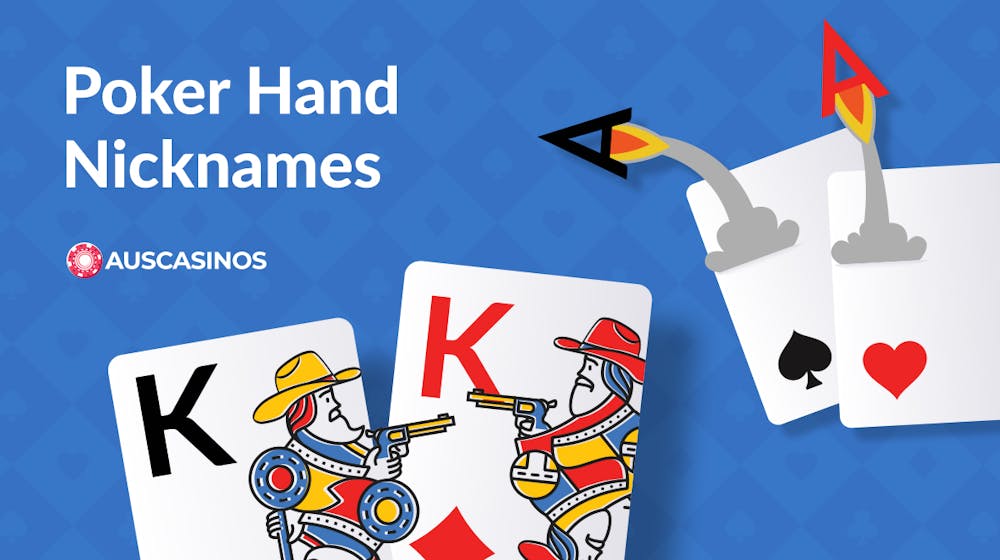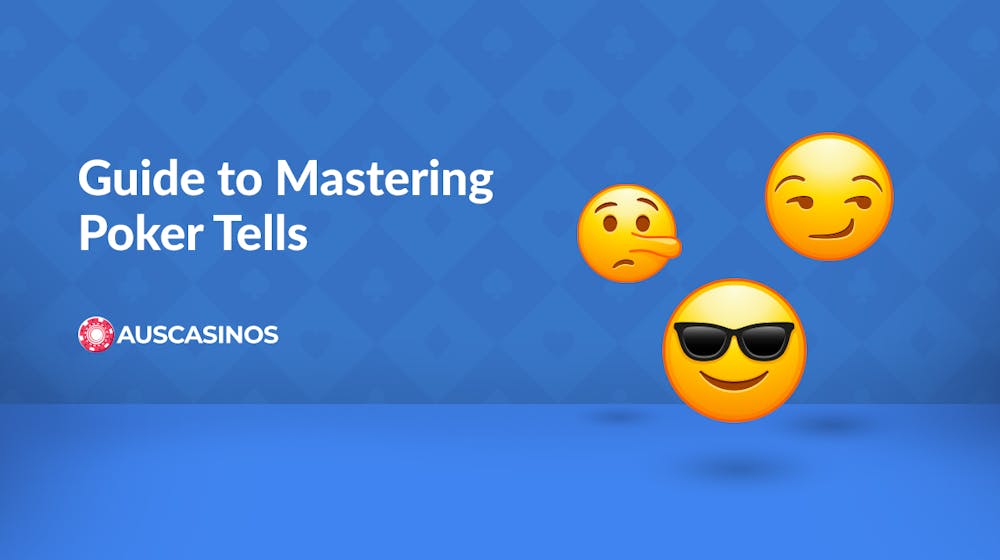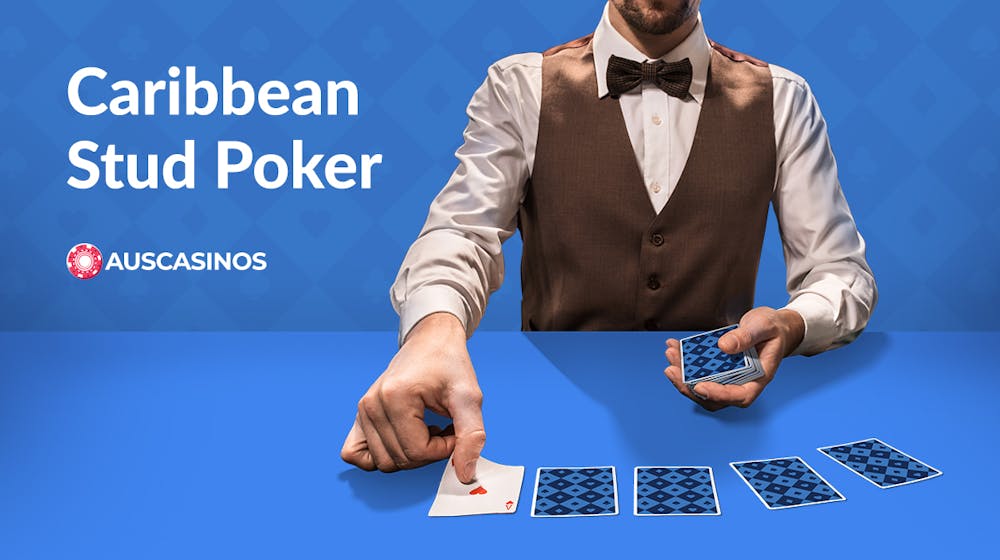Mastering Poker Blinds: How do Blinds Work in Poker

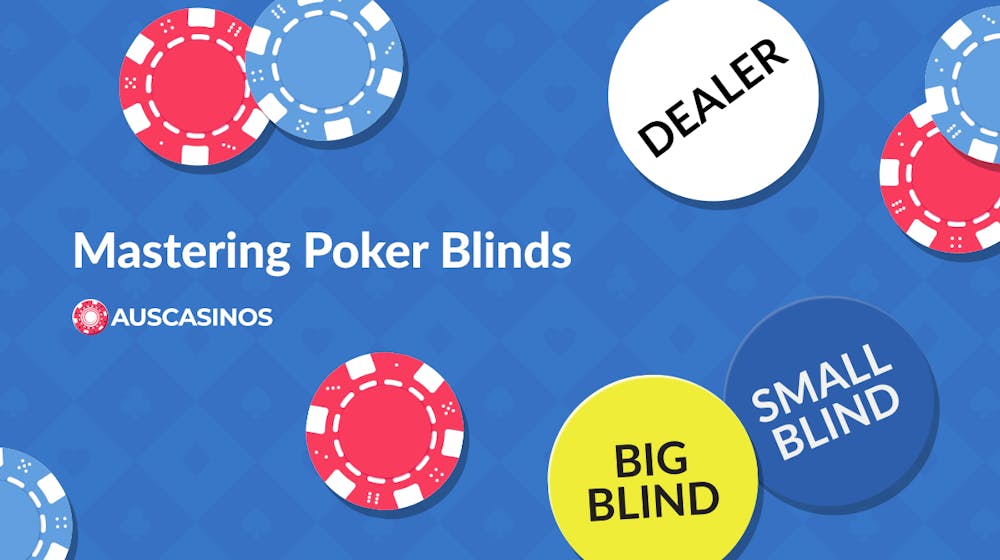
Blinds are mandatory bets posted by two players before any cards are dealt in poker games. They create action and set the pace for each hand. In this guide, you'll get a full breakdown of blinds—how they work in different poker formats, from cash games to tournaments, and how you can use them strategically.
Whether you’re a beginner or experienced player, you’ll find tips, tools, and visuals to help you maximise your gameplay and make the most of your position at the table.
What Are Poker Blinds?

Poker blinds are mandatory bets that keep the game moving and ensure there’s always action. Before the cards are dealt, the two players to the left of the dealer post these bets: the small blind and the big blind. The small blind is typically half the amount of the big blind.
Blind amounts are set based on the stakes of the table. Online poker tables clearly display the blinds, so players always know the stakes before joining a table.
For example, in a $1/$2 cash game:
- Small Blind: Posts $1
- Big Blind: Posts $2
In online poker, your position is assigned when you join the table, and blinds rotate with the dealer button, ensuring all players take turns posting them.
This setup keeps the game dynamic, preventing players from folding every hand and encouraging strategic play.
Types of Poker That Use Blinds
Blinds are a key feature in several of the most common poker variants, including:
- Texas Hold’em: The most popular poker game worldwide, relying on blinds to drive action.
- Omaha: Similar to Texas Hold’em, this variant uses blinds in the same way to maintain pace.
- Pineapple: A variant with the same blind structure as Texas Hold’em.
Not all poker games use blinds and typically use antes instead, where all players contribute to the pot before the cards are dealt. For example:
- Stud Poker (e.g., 7-Card Stud and 5-Card Stud): These games use antes rather than blinds. All players contribute a small ante to start the hand, and betting rounds are structured around a bring-in bet, where the player with the lowest (or highest, depending on the variant) upcard makes the initial bet.
- Razz: A lowball version of 7-Card Stud, Razz also uses antes and a bring-in bet instead of blinds. The player with the highest upcard must place the bring-in.
- Draw Poker (e.g., 5-Card Draw): These games often use antes, with all players putting in an equal amount before the cards are dealt. There are no blinds, and the first betting round begins with the player to the dealer’s left.
Blinds and Positioning in Poker
The dealer button rotates after each hand, indicating the dealer’s position and moving the blinds accordingly. This rotation affects the order of play and strategic decision-making.
The button's significance lies in its influence on poker table positions:
- Players close to the button (late position) act last post-flop, giving them the advantage of observing their opponents before making a decision.
- Players in early positions, such as the small and big blinds, must act first post-flop, often putting them at a disadvantage.

Cash Games vs. Tournaments: How Blinds Differ
Blinds function differently depending on whether you're playing in a cash game or a tournament. Understanding these differences is crucial for adapting your poker strategy.
Cash Games
In cash games, players buy-in for a specific amount of money, and the blinds remain fixed throughout the session. Each chip has a real monetary value, and players can leave the table at any time. For example, in a $2/$5 cash game:
- Small Blind: $2
- Big Blind: $5
The blinds don’t change, so players adjust their play to maximise profits over the long term based on these consistent stakes.
Cash games are typically played at a single table, with players joining and leaving as they please, making them flexible and consistent in structure.
Tournaments
In tournaments, players pay a buy-in amount to receive a fixed number of chips. Unlike cash games, tournament blinds increase over time, forcing players to adapt as the game progresses. Common tournament structures include:
- Freezeout: Players are eliminated when they lose all their chips. The tournament continues until one player has all the chips.
- Turbo: Blinds rise rapidly (e.g., every 5 minutes), creating fast-paced action and favouring aggressive play.
- Sit & Go: These are smaller tournaments that start when a set number of players (e.g., 6 or 9) have registered. They often have a single table and play until one player remains.
The blinds increase at set intervals (known as levels), and players must adjust to the rising stakes to survive. For instance, in a standard tournament:
- The initial blinds may be 50/100 chips, increasing to 100/200 chips after 15 minutes. As the blinds rise, players with smaller stacks must play more aggressively to stay competitive.
By understanding how blinds work in these formats, players can tailor their approach, knowing that cash games provide steady stakes, while tournaments create escalating pressure that requires adaptation.
Straddles in Cash Games
A straddle is an optional pre-flop bet made by the player left of the big blind, usually double its value. It acts as a “third blind,” raising the stakes immediately.
- Purpose: Straddles increase action, creating larger pots before the cards are dealt.
- Strategy Tip: Frequent straddlers often overcommit chips pre-flop, creating opportunities to isolate them with strong hands and gain an advantage.
Big Blind Ante System
The Big Blind Ante system is a streamlined approach used in tournaments to make the game faster and more engaging. Instead of each player posting a small ante, the player in the big blind contributes an additional amount equivalent to the ante for the entire table. This simplifies the process and increases the pace of play.
Why This System Is Used:
- Efficiency: Collecting one large ante rather than multiple small ones speeds up the game, making it smoother, especially in large tournaments where time management is crucial.
- Larger Pots: By increasing the pot size at the start of each hand, the system encourages more aggressive play and more hands contested.
Example:
If the big blind is 500 chips and the ante is also set at 500 chips, the player in the big blind contributes a total of 1,000 chips for that hand.
Who It Affects and How:
- Aggressive Players: This system benefits those who play aggressively, as larger pots provide greater opportunities to accumulate chips.
- Short-Stacked Players: It adds pressure on those with fewer chips, as they must act more decisively to avoid losing too much from the big blind and ante combined.
The responsibility rotates around the table, so each player eventually pays the ante when it’s their turn in the big blind. This fair rotation balances the burden and maintains fairness, ensuring that everyone contributes equally over time.
By understanding this system, players can better adapt their strategies, knowing when to capitalise on larger pots and when to adjust to minimise losses when short-stacked.
Blinds vs Antes
It’s important to understand the distinction between blinds and antes as they serve different functions:
| Blinds | Antes | |
| Who Pays | Only the two players to the left of the dealer (small and big blind). | Every player at the table. |
| Frequency | Rotates with each hand as the dealer button moves. | Typically used in later stages of tournaments or specific variants like Stud. |
| Purpose | Creates positional dynamics and influences strategy based on position. | Builds larger pots from the outset, encouraging action from all players. |
| Strategic Impact | Allows for strategies like blind steals and defense. | Incentivises wider hand ranges due to the increased pot size. |
- Blinds: Only the two players to the left of the dealer button post these bets (small and big blind), and they rotate with each hand. This creates positional dynamics and influences strategy based on position.
- Antes: These are small, mandatory bets that every player at the table contributes before each hand, typically appearing in later tournament stages or in games like Stud. Antes build larger pots from the outset, encouraging players to compete for the pot.
Knowing this distinction is crucial for adjusting strategies. For instance, blinds allow for blind steals and defense strategies, while antes incentivise broader hand ranges due to the increased pot size.
Blind Play Strategy
Effective blind play requires balancing defense, offense, and reading opponents:
Defending the Blinds
Attacking the Blinds
Blind vs. Blind Battles
Pro Tips for Advanced Blind Play
- Adopt a Push-or-Fold Strategy with a Short Stack:
- When you have 10-15 big blinds, avoid limping or calling. Push all-in with strong or semi-strong hands to maximize your chances of building your stack.
- Defend the Big Blind Based on Opponent Tendencies:
- Against aggressive players, defend more often to prevent them from exploiting you. Against tight players, defend selectively with stronger hands, as they’re less likely to bluff.
- Use Your Deep Stack Aggressively:
- With 50+ big blinds, leverage your stack to pressure smaller stacks. Attack their blinds and force them into difficult situations.
- Build a Strong Stack Early in Turbo Tournaments:
- In fast-paced formats, aggressive play is essential. Attack cautiously passive players and accumulate chips before the blinds escalate.
- Re-Raise Aggressive Opponents in Cash Games:
- If a player consistently raises when you’re in the big blind, re-raise with strong hands to capitalize on their predictability.
- Mix Up Your Aggression:
- Avoid being predictable when defending or attacking blinds. Sometimes call, raise, or fold to keep opponents guessing about your strategy.
- Play Positionally Smart:
- Use late position to steal blinds and put pressure on weak players. Fold weaker hands from the small blind to avoid tough post-flop situations.
Poker Blinds Tools and Resources
Poker Blinds Calculator
Calculating Stack Sizes in Big is crucial, especially in tournaments. Calucluators simplifies decision-making and allows for quick adjustments:
- Short Stack: If you have 10 big blinds or fewer, pushing all-in is often the most effective move to maximise fold equity and pressure opponents.
- Deep Stack: With 50+ big blinds, you have more flexibility in playing a range of hands and post-flop decisions.
Tip: Utilise Poker Blinds Calculators to calculate and monitor your stack size. Such tools can help you adapt your strategy based on the blind levels and your position in the tournament.
Poker Blinds Charts
Poker blind charts are tools commonly used in tournaments to provide players with a visual representation of how the blinds and antes increase over time. They are essential for players and tournament organisers alike, as they help plan strategies, manage time, and ensure smooth gameplay.
Poker Blinds Cheat Sheet: Hand Strategy
While this guide focuses on blinds, it’s essential to understand poker hand rankings and their impact on blind play. Knowing when to push all-in with premium hands or steal blinds with suited connectors is crucial for success.
| Hand Type | Small Blind | Big Blind |
|---|---|---|
| Premium Hands (AA, KK, QQ, AK) | - Raise aggressively if action folds to you. - 3-bet if there’s a raise. |
- 3-bet against single raises. - Cautious play in multi-way pots. |
| Strong Hands (AQ, AJ, KQ, TT) | - Raise if action folds. - Call or fold depending on the strength of opponents’ raises. |
- Call single raises to see the flop. - Fold against multiple raises. |
| Medium Hands (Suited connectors, 77-22) | - Raise if no action, but fold to raises due to out-of-position risk. | - Call if pot odds are favourable. - Fold if facing multiple raises. |
| Weak Hands (Low off-suit, unconnected cards) | - Fold, especially if there are raises. | - Occasionally defend if facing a min-raise, but generally fold. |
| Tournament Adjustments | - Push all-in with a wide range if short-stacked (10-15 BBs). | - Adjust based on blind size: - Aggressively push with fewer chips, or cautiously play broader hands when deep-stacked. |
| Blind Steal & Defense | - Raise frequently if action folds to pressure the big blind. | - Defend or re-raise depending on the small blind’s tendencies. |
Quick Tips:
- Short Stack (10-15 BBs): Push all-in with a wide range to maximise fold equity.
- Deep Stack (50+ BBs): Play a broader range; leverage position and post-flop play.
- Aggressive Opponents: Defend more often in the big blind to prevent exploitation.
- Turbo Tournament: Build a stack early; blinds rise fast—don’t wait for premium hands.
Conclusion
Blinds are crucial to poker strategy, influencing gameplay, pace, and decision-making. Mastering blind defense, strategic attacks, and understanding position and stack size is key to becoming a successful player. Whether you’re playing in cash games or tournaments, knowing when to be aggressive and when to conserve your stack helps you make better strategic moves.
Poker Blinds FAQ

Emily is our seasoned content writer. She writes easy to read and helpful game guides, so you can quickly understand the rules of each game and get some useful tips that can help boost your chances of winning.
Read more about the author